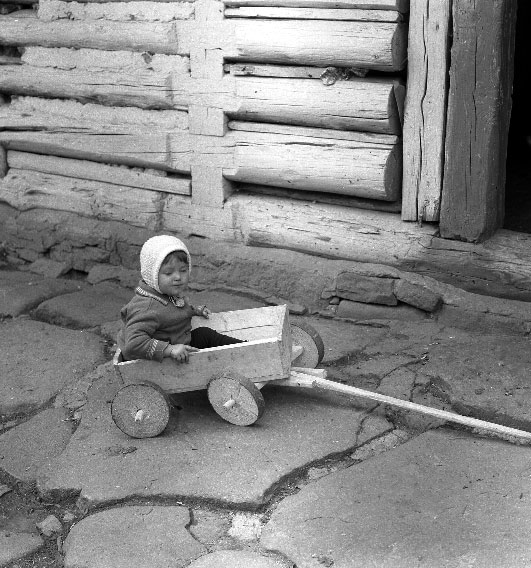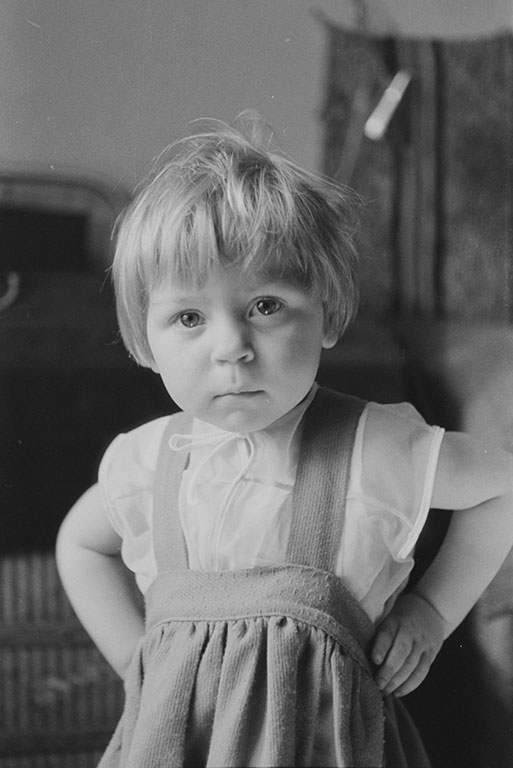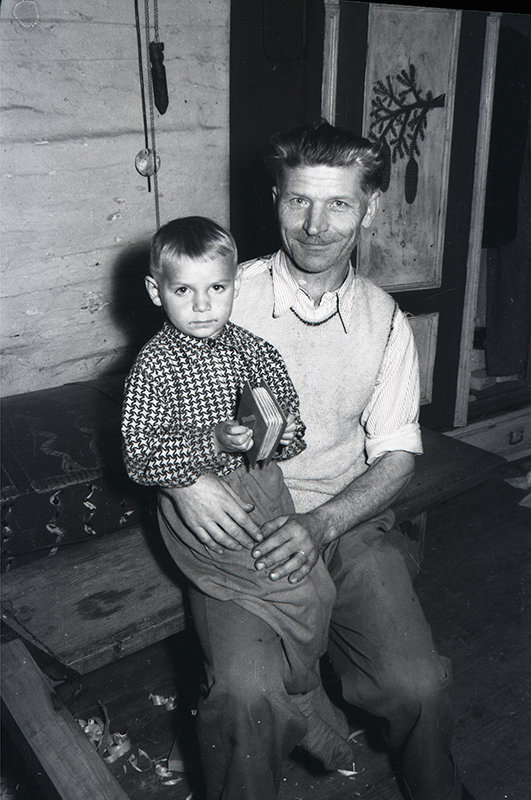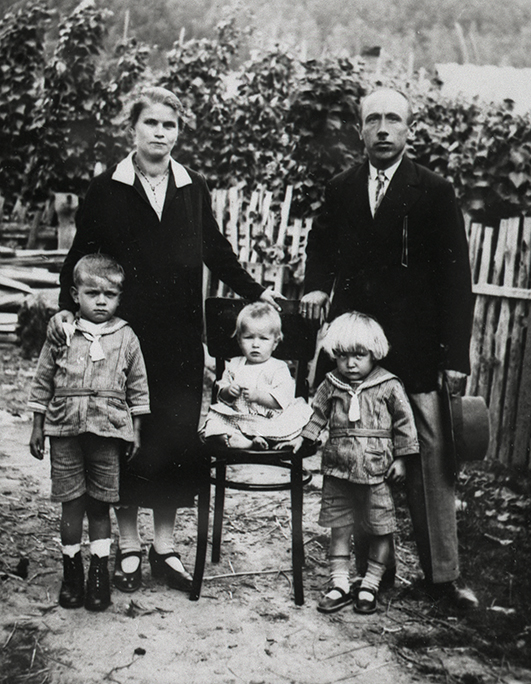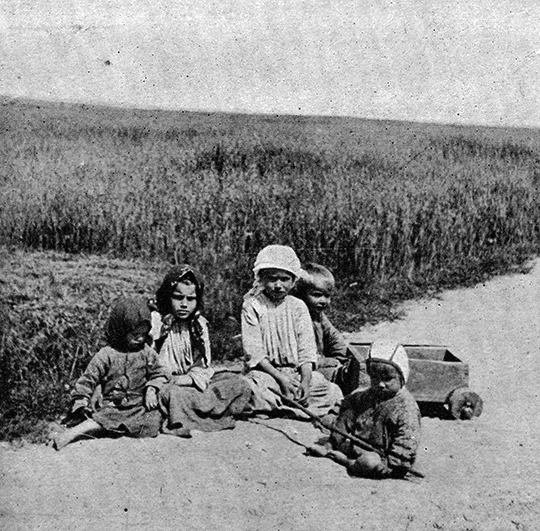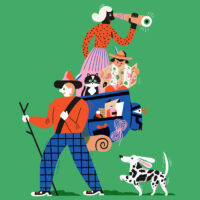Author: Włodzimierz Mędrzecki
Until Polish countryside was subject to influence by major waves of modernisation (different parts of Poland were affected across different periods – first quarter of the 19th century in the territories of the Prussian Partition, end of that century in the Vilnius Region) the birth of a peasant child, its progress through the stages of physical and social development, and finally searching for its place among the adults were a part of a natural order for peasant communities.
The appearance of children (especially at an appropriate time – within the confines of a marriage, and in an adequate number – not too few, not too many) confirmed that things are on the right track. Caring for the child, accustoming it to building ever more complex relationships, and teaching it to perform tasks of growing complexity and requiring more responsibility happened through its participation in the family life and that of the local community. A peasant child was rarely cared for by the parents alone. A household was usually home to the older generation (grandparents, poor relatives), the hosts’ siblings (often with kids of their own), as well as servants. All of them played a role caring for the child, playing with it, and teaching it various things. The child learned mainly through shown and taught specific tasks. Kids would observe and mimic adults. A classic peasant family wouldn’t have one specific thought-out child-rearing concept or strategy. Children were supposed to grow up to be the same as their parents and, in time, take their place…








